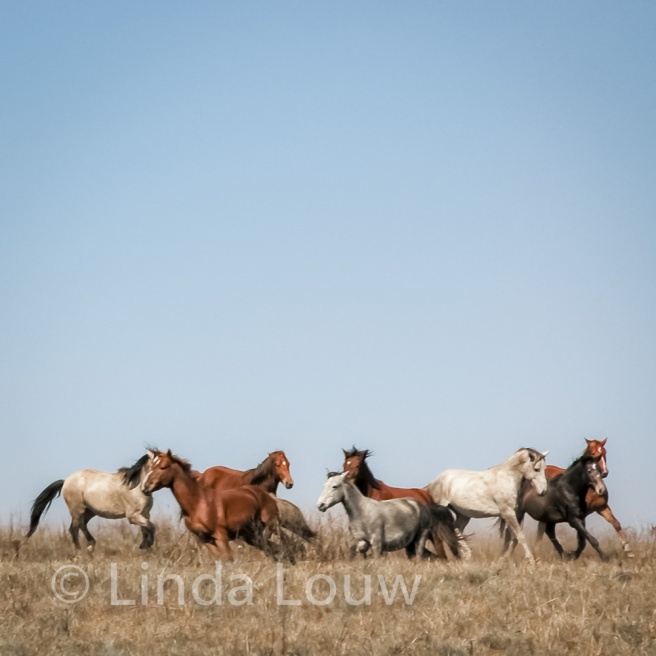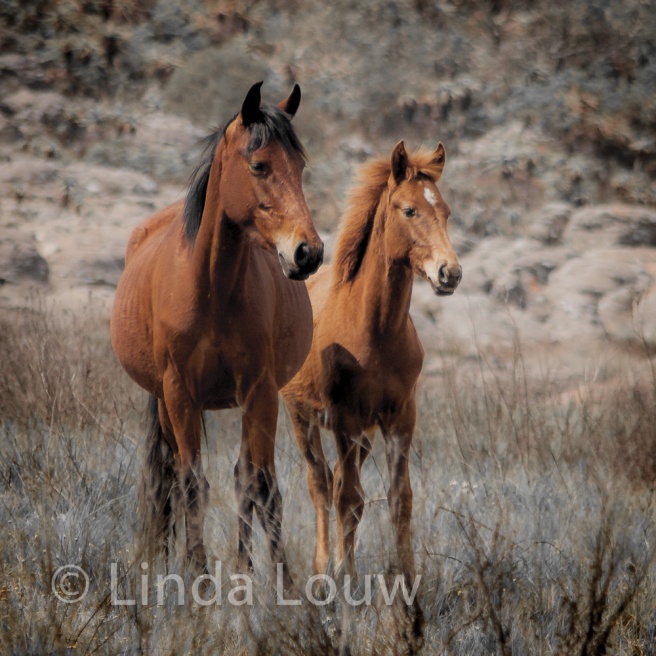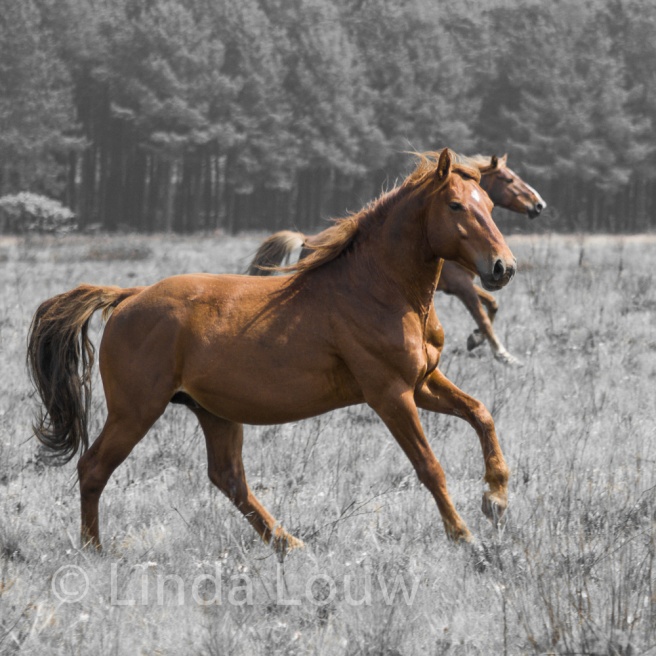They say that dog is man’s best friend, but throughout history the horse has played a pivotal role, from warfare and hunting, to transport, to agriculture, to sport and recreation. The horse has contributed more to human pleasure, ambition and progress than any other animal. Without the horse, human history might have taken a rather different course.
What more can we do today than to give them the respect and care they deserve? What more can we do to allow them their place in the sun?
Populations of free-roaming horses have existed all over the world for many years. Several are managed as wild life and thus are popularly called “wild” horses. In essence they are feral horses, referring to a horse living in an untamed state but whose ancestors have been domesticated. These populations formed due to horses that escaped, for instance, from army war camps or failed human settlements. In Southern Africa such horses roam free in Kaapsehoop, Mpumalanga. Not only were they brought here by man but in spite of their natural threats and challenges, man still imposes the biggest impact on their survival.
Orphans are often found abandoned, either having lost their mothers to fatal causes such as road accidents, predators and snares, or being caught up between stallion and mares in the mating rituals. Frequently the mares are still very young themselves when foaling and thus inexperienced and subsequently driven off by stallions leaving the foals behind. This usually occurs when a foal is merely a week or two old and has therefore barely a chance of survival. In order for these odds to change, man needs to intervene. However this means hand-rearing these foals which is not only a costly exercise but also involves valuable time.
Other cases include the treatment of snare wounds and further injuries as well as their general well-being. Unfortunately this could mean the darting of these animals, another costly affair.
This album presents a collection of photographs as part of a vision to publish their story and aid in the funding of managing these creatures of splendour, of providing them a future and a comfortable life.






























